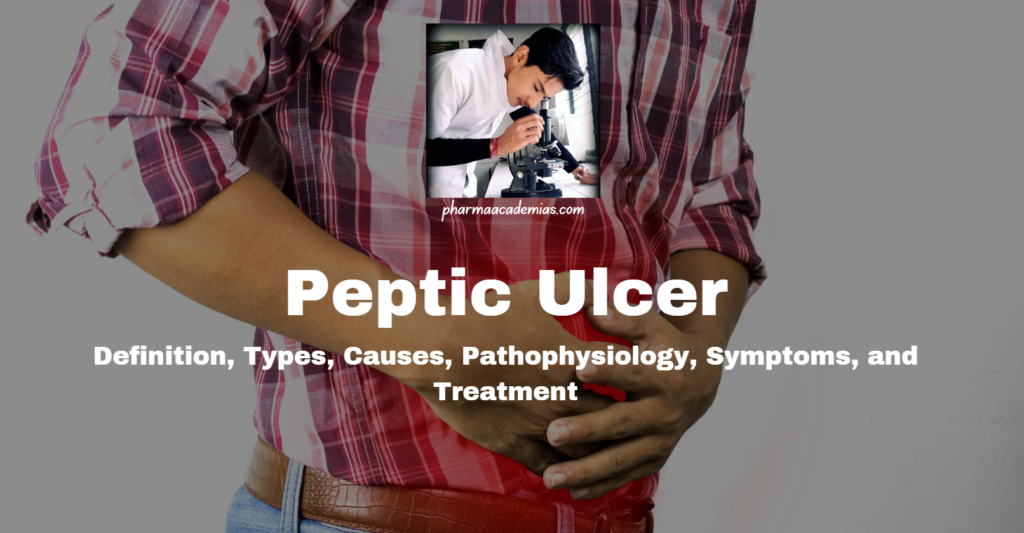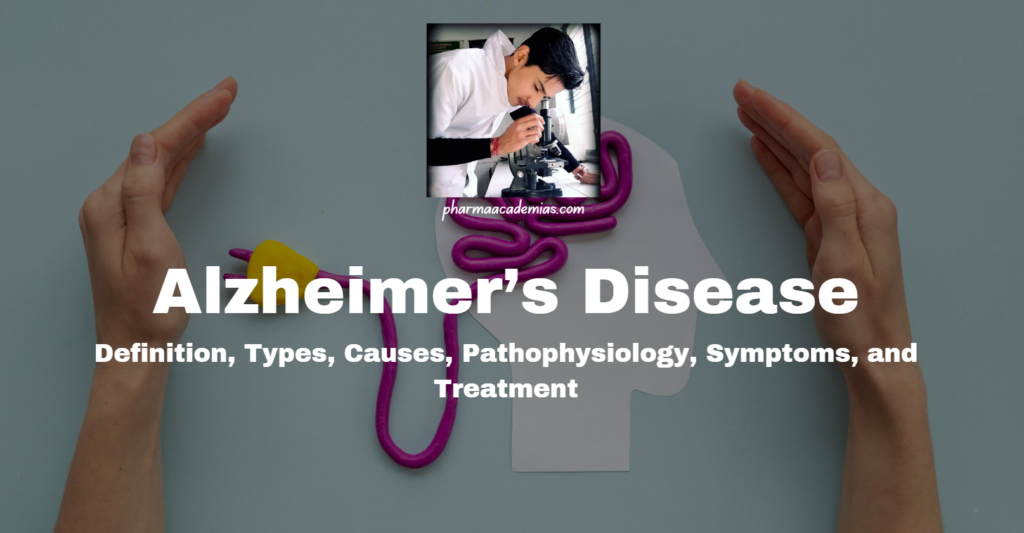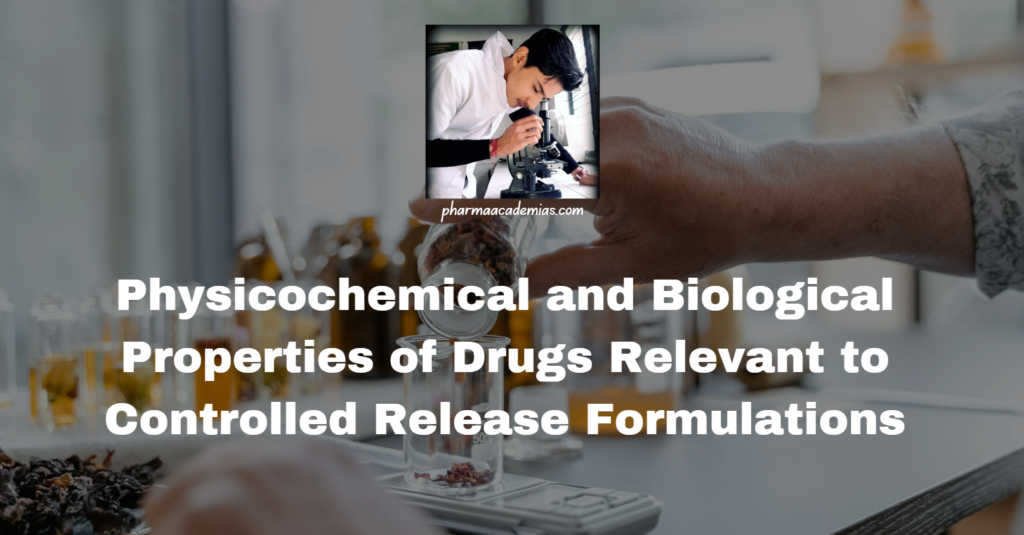A peptic ulcer is a sore or lesion that develops on the lining of the stomach, upper small intestine (duodenum), or esophagus due to the erosion of the mucosal barrier by acidic gastric juices. The term encompasses gastric ulcers (in the stomach) and duodenal ulcers (in the duodenum). Rarely, ulcers can occur in the esophagus, […]
Year: 2024
Alzheimer’s disease (AD) is a progressive neurodegenerative disorder and the most common cause of dementia worldwide. It is characterized by cognitive decline, memory loss, and behavioral changes, resulting from the accumulation of amyloid plaques and neurofibrillary tangles in the brain. AD significantly impairs daily functioning and leads to a decline in quality of life for […]
Schizophrenia is a chronic, severe mental disorder characterized by disruptions in thought processes, perceptions, emotional responsiveness, and social interactions. It is often classified as a psychotic disorder due to the presence of symptoms like delusions and hallucinations. Schizophrenia affects approximately 1% of the global population and is one of the leading causes of disability worldwide. […]
Depression is a common mental health disorder characterized by persistent feelings of sadness, loss of interest or pleasure in activities, and a range of physical and cognitive symptoms. Clinically referred to as major depressive disorder (MDD), it significantly impairs an individual’s daily functioning and quality of life. Depression is distinct from typical mood fluctuations and […]
A stroke, often referred to as a “brain attack,” occurs when blood flow to a specific area of the brain is interrupted. This disruption deprives brain cells of oxygen, causing them to die. As brain cells die, functions controlled by the affected area of the brain, such as memory and muscle control, are lost. Stroke, […]
In 1817, British physician Dr. James Parkinson published a case series documenting six patients suffering from “shaking palsy” (paralysis agitans), a chronic and progressive neurological disorder now known as Parkinson’s disease (PD). Parkinson’s disease occurs when nerve cells in the substantia nigra, a part of the brain, deteriorate or become damaged. These cells are responsible […]
Epilepsy is a chronic neurological disorder characterized by recurrent, unprovoked seizures. These seizures result from abnormal electrical activity in the brain and can vary in type and severity. It is one of the most common neurological conditions, affecting approximately 50 million people worldwide. Pathophysiology of Epilepsy Epilepsy arises from an imbalance between excitatory and inhibitory […]
In today’s fast-paced academic and research environment, managing multiple tasks like writing, designing, and ensuring quality can be overwhelming. Whether you’re a student, researcher, or teacher, we understand your challenges. That’s why we’re here to offer professional, reliable, and affordable services to make your academic journey stress-free and successful. Our Services We provide a wide […]
Introduction Polymers are large molecules composed of repeating structural units (monomers) connected by covalent bonds. These macromolecules can be natural (e.g., proteins, polysaccharides) or synthetic (e.g., polyethylene, polylactic acid). The versatility of polymers, such as their ability to modify drug release profiles, has made them central to the development of advanced drug delivery systems, particularly […]
Physicochemical and Biological Properties of Drugs Relevant to Controlled Release Formulations
Controlled release formulations are designed to maintain therapeutic drug levels for an extended period. For successful formulation, the physicochemical and biological properties of the drug must meet specific criteria. I. Physicochemical Properties of Drugs 1. Aqueous Solubility: Drugs should have moderate solubility (not too high or too low). Relevance: Low solubility can limit the drug’s […]










